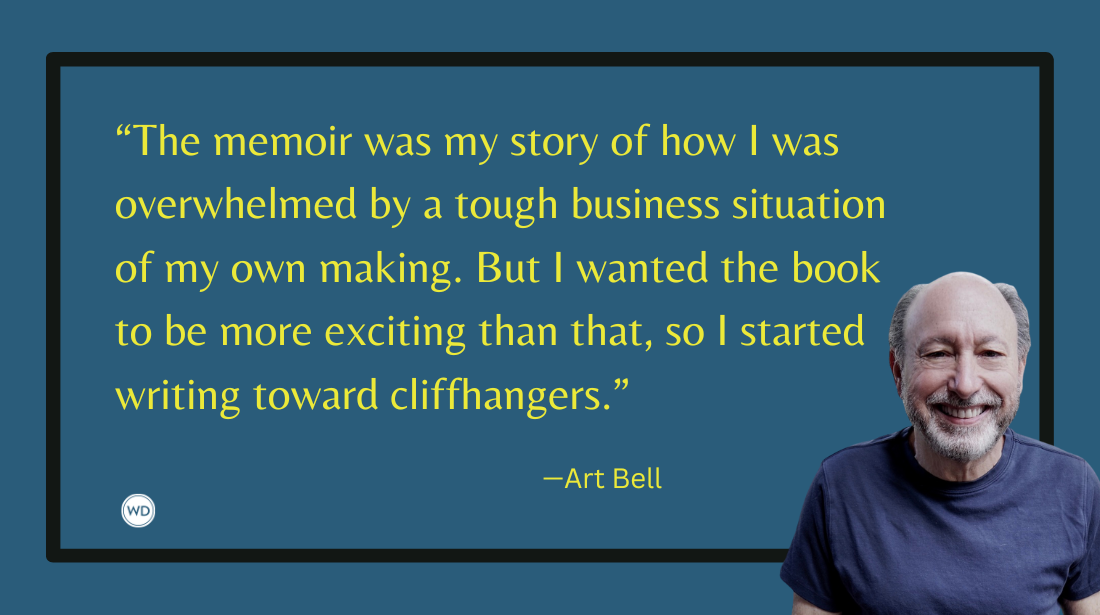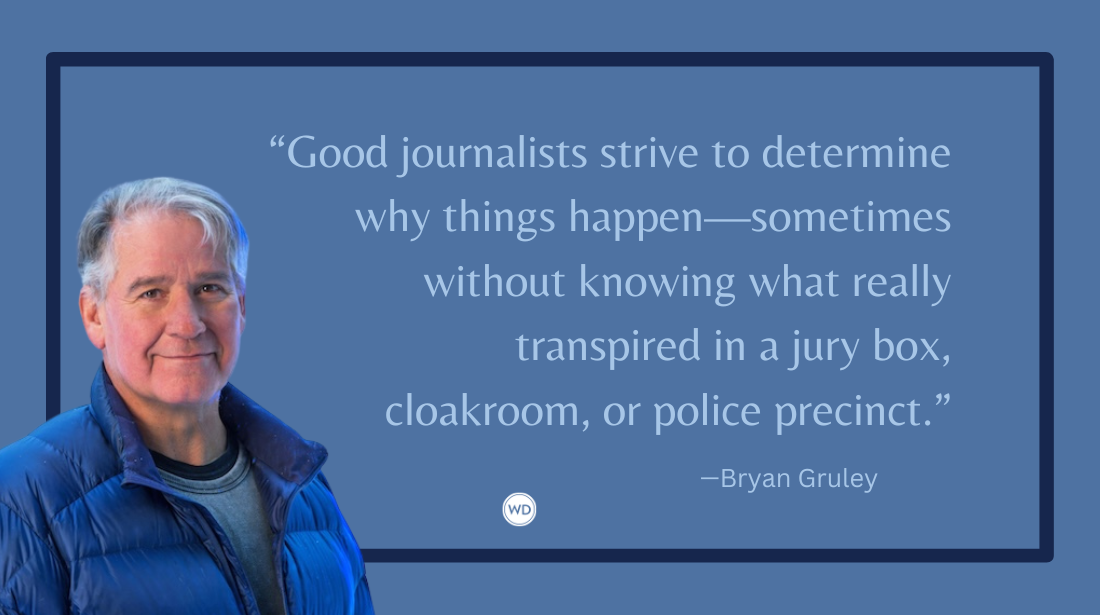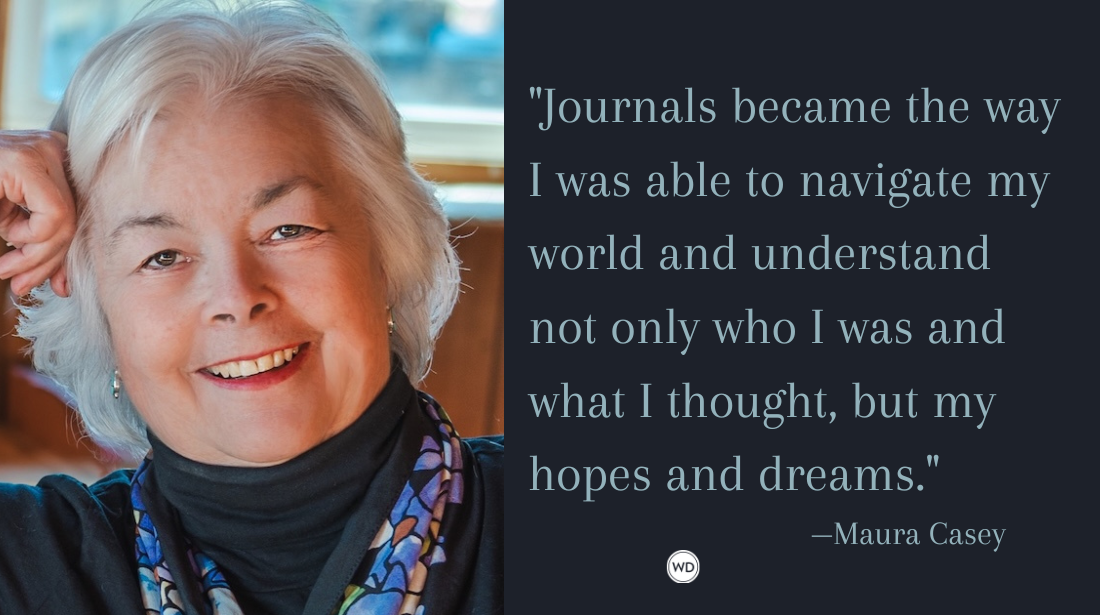For the Travel and Nature Writer: Keeping Your Mind Sharp and Words Insightful
Dr. Caitlin O’Connell shares some insight for travel and nature writers, including how travel helps keep your mind sharp and words insightful, whether you’re writing fiction, nonfiction, sports, politics, or something else entirely.
The most compelling way to feel a direct connection to nature is through an immersive wilderness experience. As a conservationist, ardent traveler and nature writer, I have been fortunate to have had many such opportunities, both in Africa and within the United States. I’ll never forget my first visit to Yellowstone, one of America’s wildlife gems, after returning from a three-year contract to study elephants in Namibia. Traveling to Yellowstone National Park to see the charismatic megafauna and landscapes of the American West had long been on my bucket list. When a conference at Jackson Lake, Wyoming, brought me to the area, I was determined to fit in a quick excursion.
It was the last weekend of the fall season, when the park had hardly any visitors. The only downside was the unpredictable weather.
I drove to Yellowstone from Jackson Lake Lodge and got to my campsite late the first night in the bitter cold. The freezing air penetrated my thin nylon tent, my ears rang, and I barely slept.
Not being a morning person, I found it challenging to get up at five am. But I had no choice if I was to get to the best location to see sunrise over the peaks of the Grand Tetons. A thermos filled with hot tea was most helpful.
While watching the morning sun bathe the cold, granite peaks in pink light, the unlikely high-pitched bugling of elk in rut echoed throughout the flats. The call of the wild rose with the mist above the frosted land and quelled any internal complaints over the early hour.
A male moose slowly emerged from his bed, hidden within the tall grass. When he entered the willow flats and saw a challenging bull, he bleated and mooed at the intruder and urgently corralled his harem. A lot of energy is spent by males during the mating season to prevent their females from getting stolen.
The two males prepared for combat. Each holding his head down as he lunged, threateningly, toward the other. They carried their big rack of antlers at clashing level, rocking them back and forth, before lurching forward and coming to blows.
*****
Traveling the world and writing about it at the same time sounds like a dream career. With the right set of skills, you can turn an article into a reader's escape—no travel required. When you take this six-week workshop, you'll discover how to become a travel writer by exploring the different types of articles you can write and developing your writing style. You'll learn travel writing tips such as how to take your own photographs. Use this workshop to draft an article that keeps readers captivated and garners interest from travel editors.
*****
Later in the morning, I drove through the Lamar Valley hoping to experience my first wolf encounter. The landscape lay open before me, immense and empty, with the red-orange walls of the valley rolling out in all directions, from the horizon to the sun. The scenery was so stunning that I almost didn’t care whether I saw a wolf or not. Just being in the valley of the wolf was enough.
Then toward the bottom of the valley, I turned a corner and saw an old male wolf standing near the road. There was no sign of his pack. In awe, I slowed, stopped the car, and shut off the engine.
I knew this moment would be fleeting. He was mottled silver and steel gray on top, with mostly white legs and belly. His eyes met mine for a few moments, his body completely still. I didn’t dare look away to grab my camera.
The wolf took one last look with his head held low, sniffing toward me, then he turned and ran across the valley floor. As I watched him disappear into the forest in the distance, I imagined, for an instant, following him on his wild itinerary.
As in the Zambezi in Namibia, the Yellowstone region is largely an open system with its own tensions related to the animal-human interface. Here, the conflicts aren’t between corn farmers and elephants but between ranchers and wolves, the region’s top predator. Many do not wish to have wolves as neighbors.
Wolves have helped regulate the elk population, and reduced elk have allowed willow and aspen to increase—after being overgrazed by elk—and that has fostered the recovery of many other species, including the return of beavers and increased songbird populations.
Later, on my way to my next campsite, I spotted a small group of bison grazing in the distance. I stopped at a turn out and walked up the trail to watch the herd cross the plain. I was aware of being in grizzly country, so I didn’t stray far. Grizzly bear behavior is foreign to me, and they are notoriously more prone to aggression leading up to hibernation. I can’t interpret them as well as I can read lions and elephants in Africa.
I arrived at Cascade Creek Falls just after sunset. The falls lie at the farthest reach of Mammoth Hot Springs, in the northern corner of Yellowstone National Park. A hydrothermal natural wonder, this strange phenomenon is a remnant of a volcanic eruption some six hundred thousand years ago.
As darkness fell, mist rose off the tiers of eerie green, travertine pools. Heat-loving bacteria looked like rust streaks running down a limestone layer cake. The cascading, white blankets of calcium carbonate were many thousands of years in the making.
The layered terraces of steaming ponds enveloped the bases of the surrounding fir trees. Sulfurous plumes crept along the surface of the pools, as if nature was brewing secret demons within these bubbling cauldrons.
I blew on my hands to warm them as a snowshoe hare hopped across my path along the wooden boardwalk, his ears half-cocked. He was not yet in his winter coat. It was now so cold that the warmth of the scalding, hot springs seemed particularly inviting. Unfortunately, I was too exhausted to make a side trip to the only spring safe for a hot soak. Perhaps next time.
My short trip to Yellowstone, despite its occasional discomforts, worked its magic. I felt revived and renewed. I am not the only one to experience this, of course. Ten thousand years or so of a more sedentary, agrarian, and now suburban and urban lifestyle haven’t fundamentally changed habits formed over millennia. We like to be outside and on the move.
The anticipation of travel is a stress release, and people who take regular vacations are less likely to have heart disease or heart attacks. These benefits happen both during the trip and later when reminiscing. Most importantly as a writer, they provide us with a fresh perspective and inspired prose.
The experiences of travel stimulate the brain to develop new neurons, which contributes to more creative thinking and novel ideas. But these studies only confirm what we discover directly when we leave the house, journey somewhere new, meet new people, and immerse ourselves in our stunning natural world. A must do for any writer, whether travel, nature, sports or political—fresh air and a fresh perspective are the key to keeping your mind sharp and your words insightful.
*****
This post was an adapted excerpt from Chapter 10: Travel and Migration Rituals of Wild Rituals by Caitlin O’Connell. Find the book today!
[WD uses affiliate links.]
Dr. Caitlin O'Connell has been called a modern renaissance creative. She is currently on the faculty at the Eaton Peabody Lab at Harvard Medical School studying elephant low-frequency hearing while also overseeing a non-profit foundation (Utopia Scientific), which promotes the importance of science and conservation. She is an award-winning author and photographer and has been studying elephants in the wild for the last 30 years, having written dozens of scientific papers and numerous feature magazine articles and two memoirs about her experiences. She taught creative science writing for Stanford and The New York Times and co-developed the award-winning Smithsonian documentary, Elephant King. O'Connell is currently developing a new elephant docu-drama, Elephant Crown, and working on several feature movies and television scripts aimed at getting real science into popular media. She has authored eight popular books about elephants, including an award-nominated thriller series about the ivory trade that is also being released as a graphic novel.








